Aneurin Bevan University Health Board’s Green Vale Laundry is the largest NHS laundry in Wales. It cleans and disinfects 11 million pieces of hospital linen for the Health Board as well as for four others in Wales.
The idea:
The hospitals and Health Boards working with Green Vale did not know how many blankets, pillow cases, scrubs and other linen they owned. It was clear a percentage went missing every year, estimated at around £400,000-worth, but it wasn’t clear where they were going.
By placing Radio Frequency Identification (RFID) tags on linen, items could be tracked as they arrived and left the laundry. Unique codes meant condition and life-cycle could be tracked per item. Handheld scanners could locate lost stock on-site at hospitals. Clear information meant transparency between the laundry and their NHS clients.
What happened?
RFID tags are a long-established-technology, familiar to shoppers in clothes stores, but for a long time it was uneconomic to use them to track relatively cheap items. But as their prices fell it started to look like a possibility for Green Vale.
They had also become more durable. Hospital linen is super-heated, squashed, spun, flattened and then super-heated again up to 600 times over its lifecycle. A test showed they, and the heat-sealed patches that attached them, could stand up to that treatment.
A £500,000 loan from the Welsh Government’s Invest to Save programme, now repaid through savings, meant that Green Vale could retrofit the tags to half a million pieces of linen over three years. This acted as a proof-of-concept for the private sector who didn’t want to invest in retrofit.
It had to get clients onside, which was a struggle. If a Health Board lost linen, then it would have to pay for replacement, when this cost was currently falling on the laundry. There was a positive case to be made (transparency may reduce replacement costs), but clients were hard to convince.
After a few years, their costs were reduced by £120,000 a year as clients started to understand the cost implications of stockpiling and binning linen stock. The next stage of the project is to influence behaviour change at ward-level using handheld scanners. The concept is now being used by commercial laundries across the UK and NHS Scotland have adopted it for all their laundries.
Insights
- Up-front costs can put off public bodies from projects with public benefit and savings. Invest to Save and Innovate to Save programs can help kick start projects like these.
- State bodies can take risks that the private sector can’t justify, pushing forward innovation and opening new markets.
- Depending on partners without getting a commitment from them can expose you to unnecessary risks. Getting clear buy-in early can help enhance the project.
